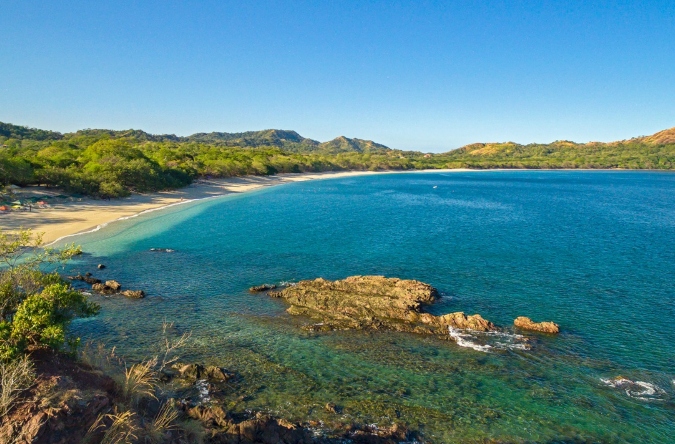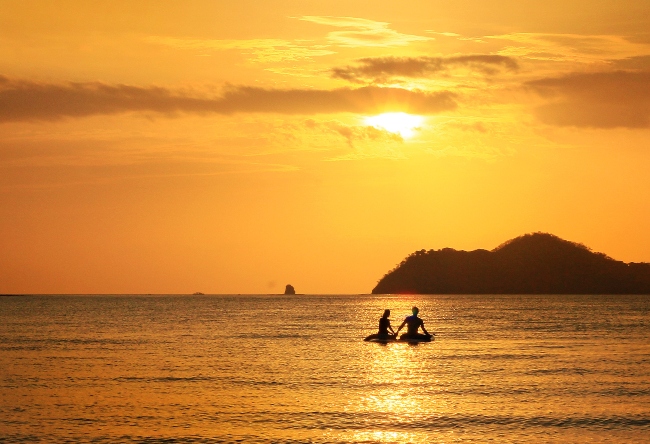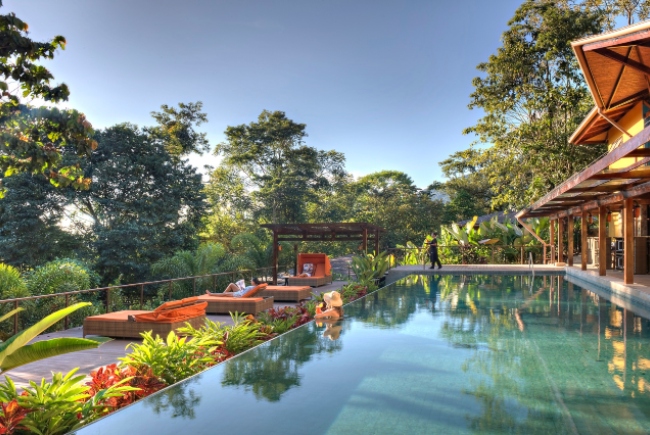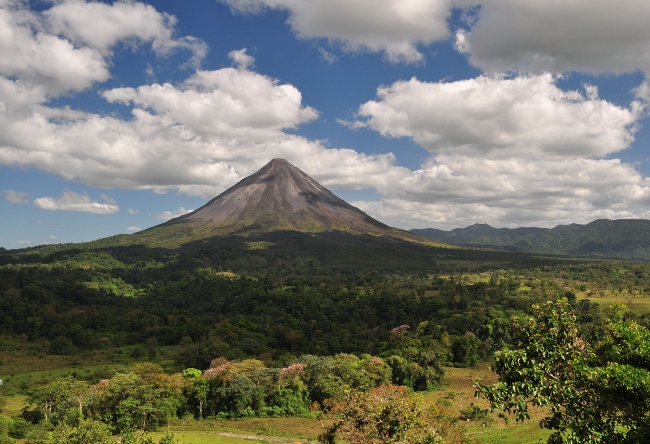
Costa Rica is ahead of the curve when it comes to eco-tourism and sustainability. Which is just as well when we see the uphill struggle we are currently facing with climate change. This, along with a developed infrastructure, makes Costa Rica #1 for those looking to combine adventure, nature and authentic adrenaline-pumping experiences.

The best time to visit is from December through to the end of April. Visitors are unlikely to see a drop of rain at that time as the first of the year represents Costa Rica’s peak season dates. The shoulder season of May till the end of August is also great. Visitors will see a little bit of rain (perhaps 3 afternoons in a week) and will experience a combination of the benefits of both the dry and green seasons. Prices are not at their peak and the country isn’t quite as full. Their rainiest months are September through November which brings its own benefits. This is when the national parks are at their most lush, eco-tourism activities abound and tourist volume and prices are at their lowest.

Accommodation in Costa Rica varies dramatically. From jungle glamping to coffee plantations to 5-star boutique eco-lodges , there is something for everyone. Popular with families, itineraries vary wildly depending on what you’re after. It’s worth spending a few days in the capital of San Jose before heading out to explore Costa Rica’s diverse ecosystems and wildlife. Stay at Pacuara Lodge and head out into 25,000 acres of surrounding rainforest via horseback, canoe or white water rafting. Arenal Nayara is one of our favourites; with its very own sloth preserve and exclusive spa, the highlight being you are in the Volcano National Park with Arenal volcano on your doorstep. Or head out to the coast to Manuel Antonio where you can scubadive, sportfish and surf to your hearts content.



